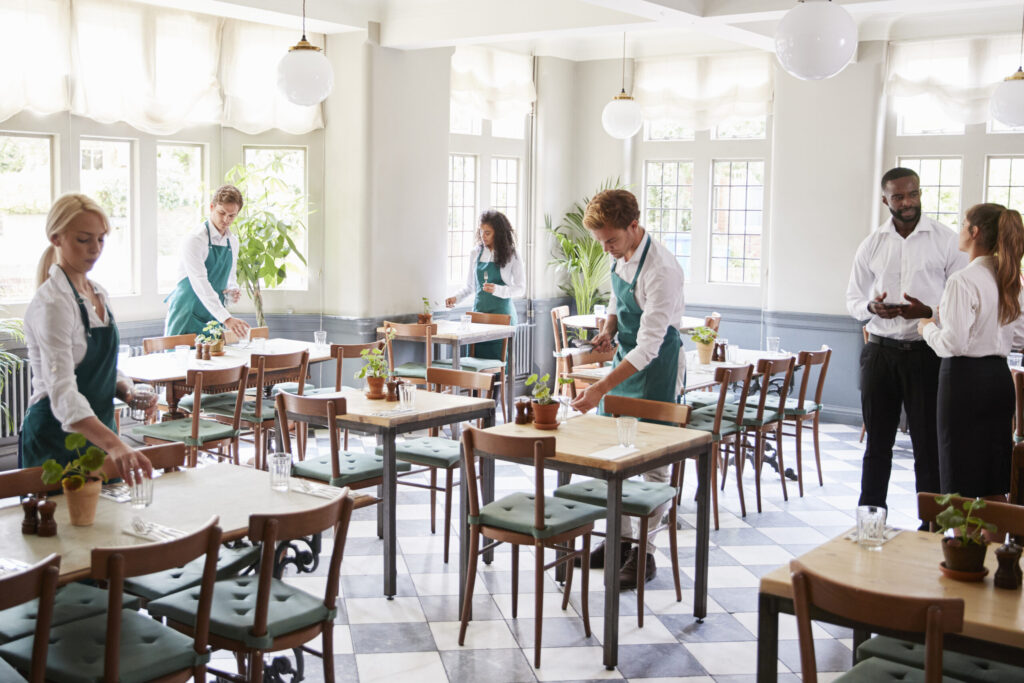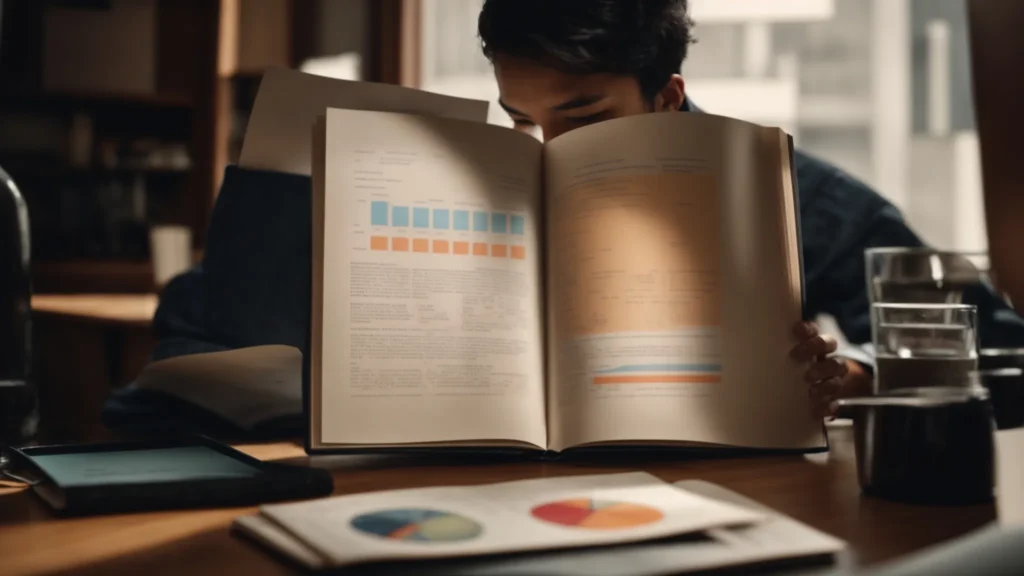Designing a Restaurant That Is Both Functional and Appealing
A restaurant’s design transcends mere visuals, a meticulous orchestration of function, form, and sensory experience. Owners must navigate a complex array of choices, from the subtleties of lighting and decor to the practicalities of kitchen equipment, each playing a pivotal role in crafting an environment that beckons diners to eat and linger. Central to this endeavor is the mastery of internal climate, ensuring guests remain comfortable and coaxing them to savor their meals and surroundings. In this article, readers will unearth the secrets to combining aesthetic charm with commercial practicality, creating a space where ambiance harmoniously meets operational needs.
Creating the Perfect Ambiance: Balancing Air Temperature and Comfort

When patrons step into a restaurant, their immediate impression is shaped by the ambiance, where air temperature plays a pivotal role. A balance must be struck between a welcoming, warm setting and the assurance of a refreshingly cool environment during hotter seasons. Mastery of this balance dictates the level of comfort, subtly influencing the duration and enjoyment of a guest’s stay.
Temperature control in a dining space is a delicate art, serving as a silent host that can either enhance the culinary experience or detract from it. Restaurant designers recognize the need for a sophisticated climate control system responding to varying occupancy levels, kitchen heat emissions, and external weather conditions.
Behind the scenes, cutting-edge heating, ventilation, and air conditioning systems operate to maintain this equilibrium. Partnering with experts in the field, such as Island Breeze AC, restaurants can customize solutions that align with their unique layout and clientele needs. It is a strategic investment in customer satisfaction and, by extension, the establishment’s reputation.
Effective climate management within a restaurant is an invisible yet essential component of the dining experience. Through precision and advanced technology, restaurateurs ensure that every aspect of their service environment contributes to making memories that entice patrons to return.
Essential Restaurant Equipment: Choosing the Right Tools for Efficiency and Quality
Selecting high-quality restaurant equipment is the cornerstone for culinary success, underpinning a delicate balance between functionality and appeal within a restaurant’s kitchen. Most seasoned restaurateurs know that the right appliances and tools streamline processes and are vital in crafting dishes that consistently meet customer expectations. For the best options, Google “restaurant equipment and supply” to explore various choices tailored to your needs.
The kitchen design must accommodate a harmonious blend of heavy-duty cooking ranges, refrigeration units, and prep stations. By assuring that each piece of equipment aligns with the menu’s demands and business volume, restaurateurs set the stage for seamless service. The arrangement must facilitate an intuitive flow, allowing chefs and kitchen staff to operate with agile coordination.
Durability and ease of maintenance rank high on the list of priorities when outfitting a restaurant kitchen. Owners must anticipate the rigors of a bustling environment, opting for supplies that withstand constant use and simplify cleaning tasks. As these decisions affect both the safety of the workforce and the consistency of the culinary output, pragmatism often takes precedence over aesthetics.
Aesthetic Appeal: Integrating Design Elements to Enhance Customer Experience

The restaurant’s design is a dance of functionality and visual allure, where every corner, color, and fixture is thoughtfully curated to create a resonant dining narrative. Details, from the texture of the upholstery to the lighting fixtures’ glow, work in concert to set the stage for a memorable dining encounter.
Seamless integration of design elements presents a cohesive story, inviting guests to partake in a cultural and sensory journey from entrance to the table. Well-defined spaces, from the comfort of the seating arrangements to the strategic placement of art, communicate a restaurant’s commitment to comfort and quality.
Flexibility in design allows a restaurant to transition throughout the day, adapting its ambiance to suit the changing tempo of breakfast, lunch, and dinner services. Dynamic lighting systems and modular furnishings enable the atmosphere to evolve, ensuring that the environment consistently aligns with the dining experience intended at any given moment.
Beyond mere function, the elegance of design in a restaurant space elevates the patron’s experience, making every meal an event. The careful syncopation of color, form, and space enriches dining by engaging all senses, subtly underscoring the culinary craftsmanship at the heart of the establishment.
Overall, the key to a successful restaurant design is seamlessly integrating functionality with visual appeal, creating an environment that delights both the senses and the operational needs. By mastering climate control, selecting the right equipment, and thoughtfully curating design elements, restaurateurs can craft a space that ensures a memorable dining experience and fosters customer loyalty.












